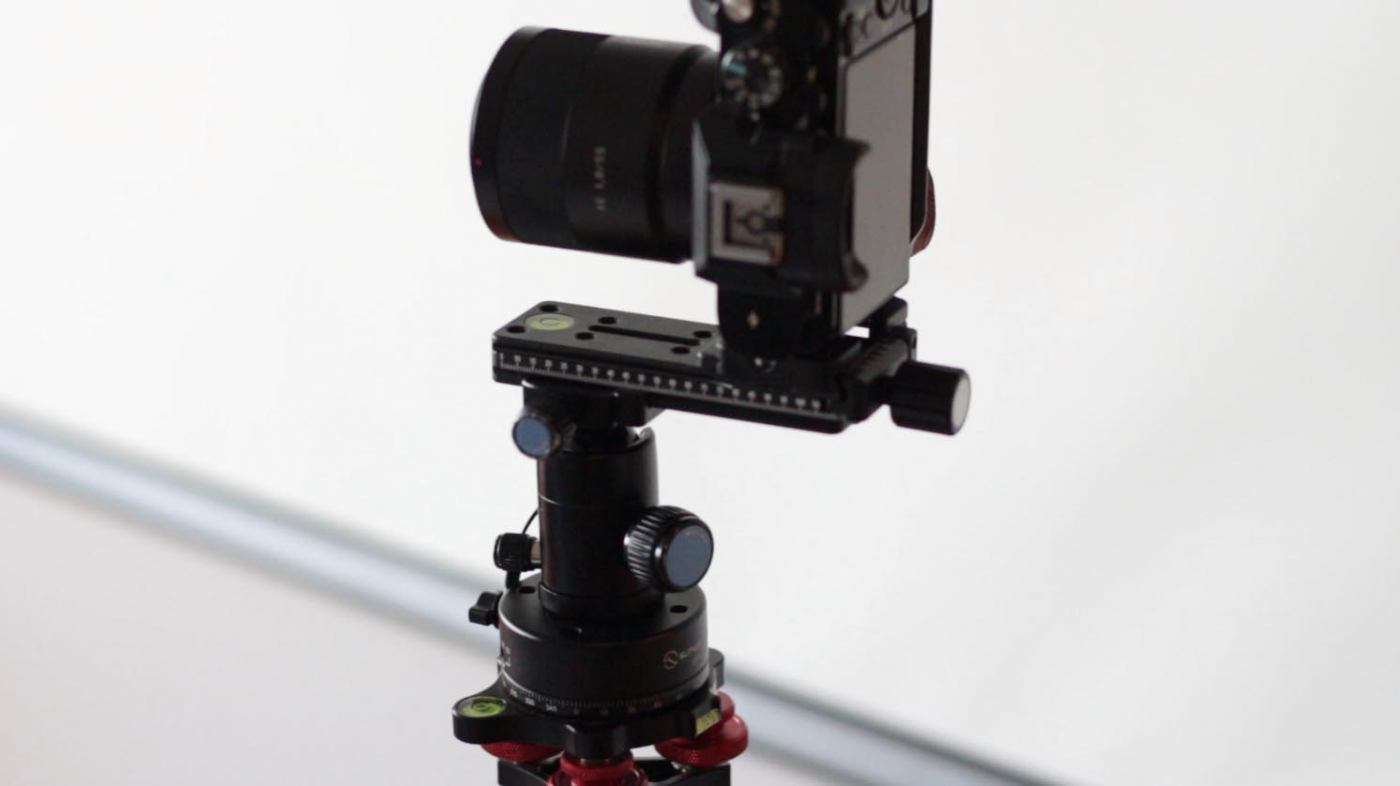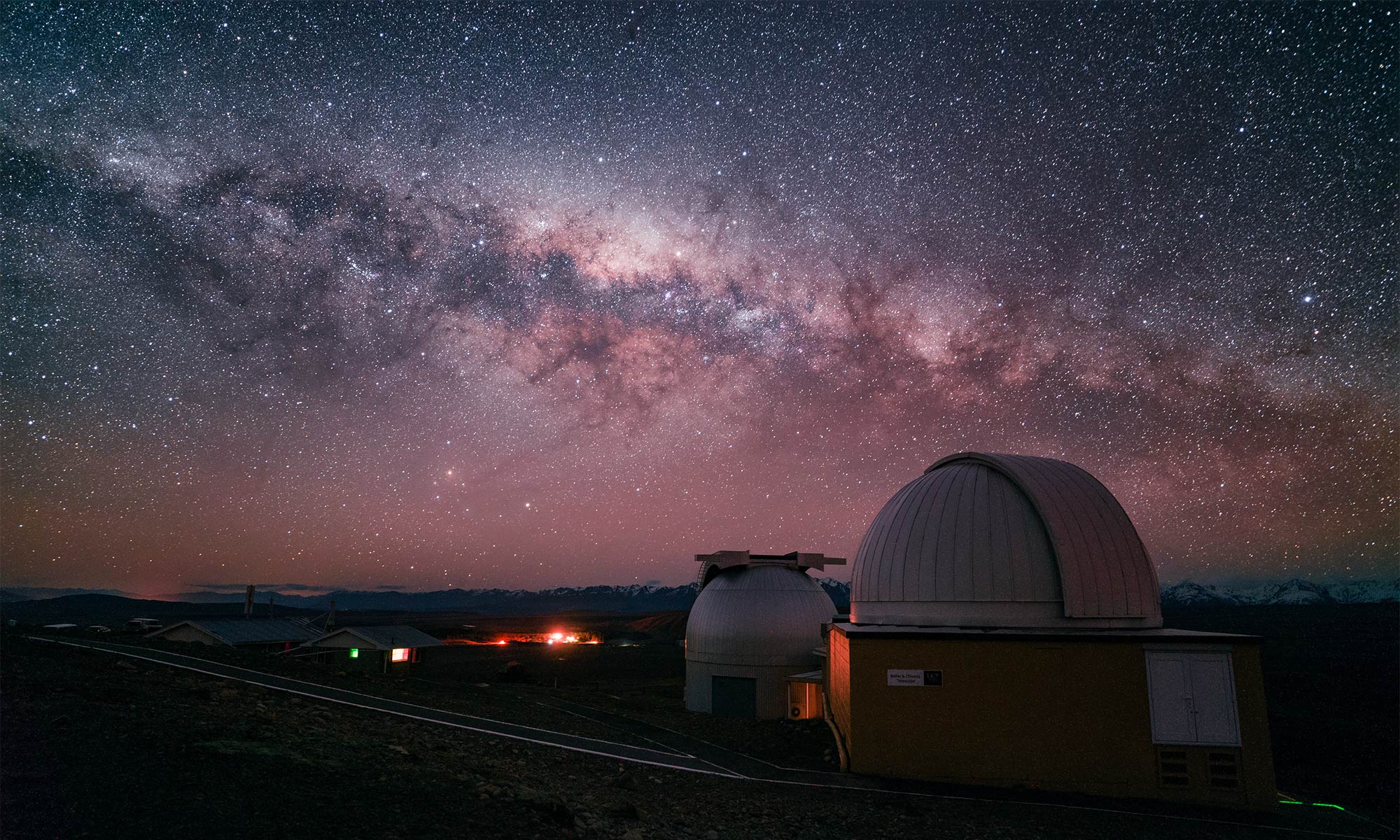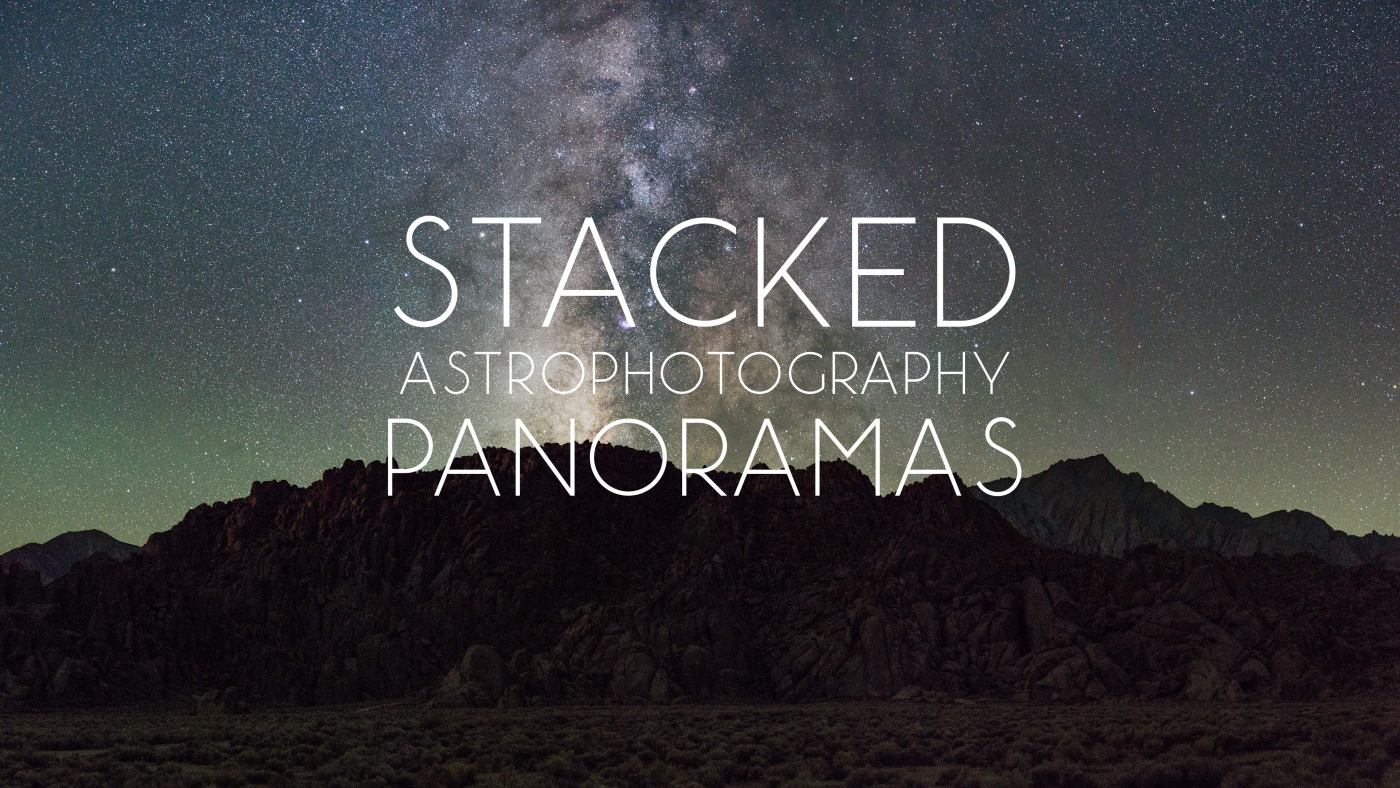This video tutorial combines two of my favorite techniques for maximizing image quality of astrophotos: stacking and stitching.
Video Tutorial
Two of my favorite technigues for improving the quality of astrophotography are highlighted in my tutorials for stacking and stitching. Over the last year, I’ve been testing different workflows to combine these two techniques together in order to truly maximize the image quality of my astrophotography. Creating a stacked panorama is now my personal favorite technique for shooting astrophotography. Check out my workflow in the tutorial below:
Any questions on the technique? Let us know in the comments below!
Gear
For your camera and lens, I recommend simply using a standard prime like a fast 50mm or similar. The mildly longer focal length and fast aperture that are typical on a standard prime will make for an ideal light gathering tool for this technique.

I also highly recommend a simple horizontal panorama head in order to make the shooting process easier. It’s not a requirement but it has certainly made shooting these massive panoramas much simpler. Here’s what I used:
Sony a7S (B&H)
Sony Zeiss 55mm/1.8 (B&H)
Sunwayfoto DDP-64SI Panorama Head (B&H)
Desmond DLEVX Leveler (B&H)
Desmond 120mm Nodal Slide (B&H)
Sirui T-025X Tripod (B&H)
Disclosure
We are a participant in the Amazon Services LLC Associates Program, an affiliate advertising program designed to provide a means for us to earn fees by linking to Amazon.com and affiliated sites. We are also a participant in the B&H Affiliate Program which also allows us to earn fees by linking to bhphotovideo.com.
Learn Astrophotography
This tutorial is part of Astrophotography 101 a course on accessible astrophotography that’s completely free for everyone. All of the lessons are available on the Lonely Speck Astrophotography 101 page for you to access at any time. Enter your email and whenever we post a new lesson you’ll receive it in your inbox. We won’t spam you and your email will stay secure. Furthermore, updates will be sent out only periodically, usually less than once per week.
Help us help you!
Lonely Speck is my full-time job. It’s been an amazing experience for us to see a community develop around learning astrophotography and we’re so happy to be a small part of it. I have learned that amazing things happen when you ask for help so remember that we are always here for you. If you have any questions about photography or just want to share a story, contact us! If you find the articles here helpful, consider helping us out with a donation.
[button font_size=”16″ color=”#136e9f” text_color=”#ffffff” url=”https://www.paypal.com/cgi-bin/webscr?cmd=_donations&business=lonelyspeckblog%40gmail.com&item_name=These+tips+help+keep+lonelyspeck.com+running.¤cy_code=USD&source=url” target=”_blank”]Donate[/button]
Thanks so much for being a part of our astrophotography adventure.
-Ian


Would this still work with a Canon APS-C DSLR with a Sigma 18-35mm by any chance? Great tutorial btw!
Ian,
Always look forward to your posts on your website!
I am going to try a portrait pano of the Milky Way in Stanley, Idaho with a Nikon 50mm f1.8 on a Nikon D850. I am assuming that a 7-8 second exposure at f2.0 at an ISO of 3200 should be good go?
Thanks in advance for your help!
Those settings should work perfectly!
Thanks, Ian!
Thanks for this tutorial. I was not sure of the gear. The Sunwayfoto DDP-64SI – this only is the rotating base, the head on top – does that have to be a particular ball head? I have one which does not allow easy horizontal rotation as it has 1 screw tightening head only. This will not matter if the Sunwayfoto DDP-64SI does the rotating. How does the Sunwayfoto DDP-64SI rotate – is it set according to the choice of rotation detents? Thanks. It means also I have to buy Sunwayfoto DDP-64SI . Can you explain the nodal slider as I don’t understand how to find this.
This was a really good article. I’ve been able to take some pretty decent milky way shots as I learn the ropes but this will take it to the next level. With Mars shining brilliantly next to the Milky Way, I’m excited to get out and try this process out!
Hi Newby here will this rig accommodate a Canon EOS 6d, great informative videos thanks